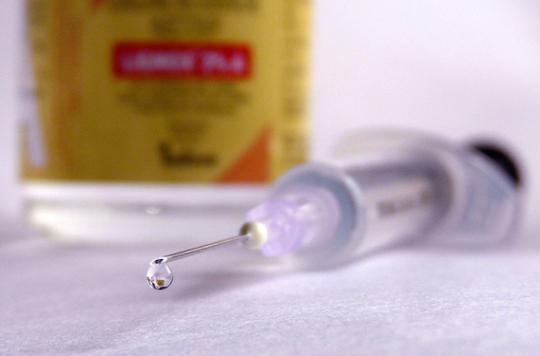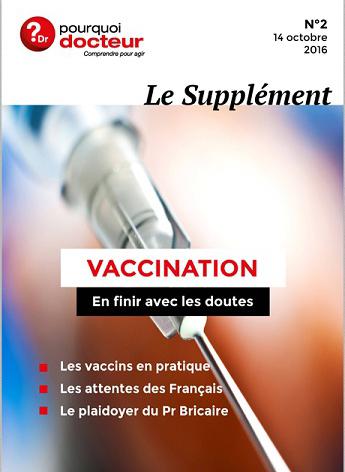The United States spent $ 9 billion in 2015 to fight 10 preventable diseases. The vaccination of the population would have made it possible to avoid these expenses.

France is not the only country plagued by doubts about vaccines. In the United States, the flu vaccination campaign did not convince the population. 42% of Americans have protected themselves against this viral infection. And yet, in addition to preventing illness, this gesture is a significant cost saving factor. Poor immunization coverage has cost the US government almost $ 6 billion. This is what a study published in Health Affairs, funded by the Merck Laboratory and conducted at the University of North Carolina at Chapel Hill.
Fragile seniors
The flu alone accounts for two-thirds of vaccine-preventable health expenditure in 2015. But the researchers reviewed the direct and indirect costs of 10 vaccine-protected diseases. After the seasonal infection, pneumococcal infections and herpes zoster are the biggest strain on the United States budget. In total, the country lost 9 billion dollars (8 billion euros) in care, drugs and lost productivity. A complete treatment for tetanus, for example, requires an expenditure of 605 dollars (550 euros).
The absence of vaccination represents 80% of the sum advanced. A significant weight. “Vaccines are one of the safest and most cost-effective health interventions,” recall the authors. Especially since the lack of protection has repercussions especially on fragile people, seniors in the first place. Indeed, people over 65 represent the majority of health spending.
The price of the disease
With age, costs explode due to the profile of pathologies. After 65 years, liver cancer, mumps and other meningococcal or pneumococcal infections are the most frequent ailments. And they are expensive in terms of drug prices and hospitalization time. The researchers note that it is hospitalization for invasive meningococcal infection that weighs the most on health costs.
Young people, for their part, could also avoid a lot of expenses. Hepatitis A virus infections, cirrhosis are common, as are meningococcal infections. Cancers of the vagina or vulva, on the other hand, can in theory be prevented by the vaccine against the human papillomavirus (HPV). But as in France, vaccination coverage is not optimal.
Find our supplement dedicated to vaccination:

.















